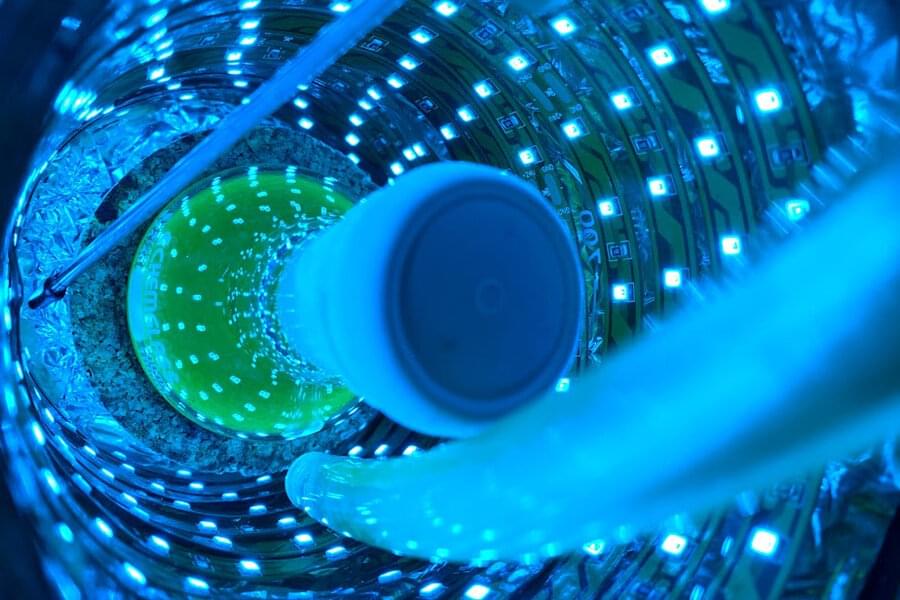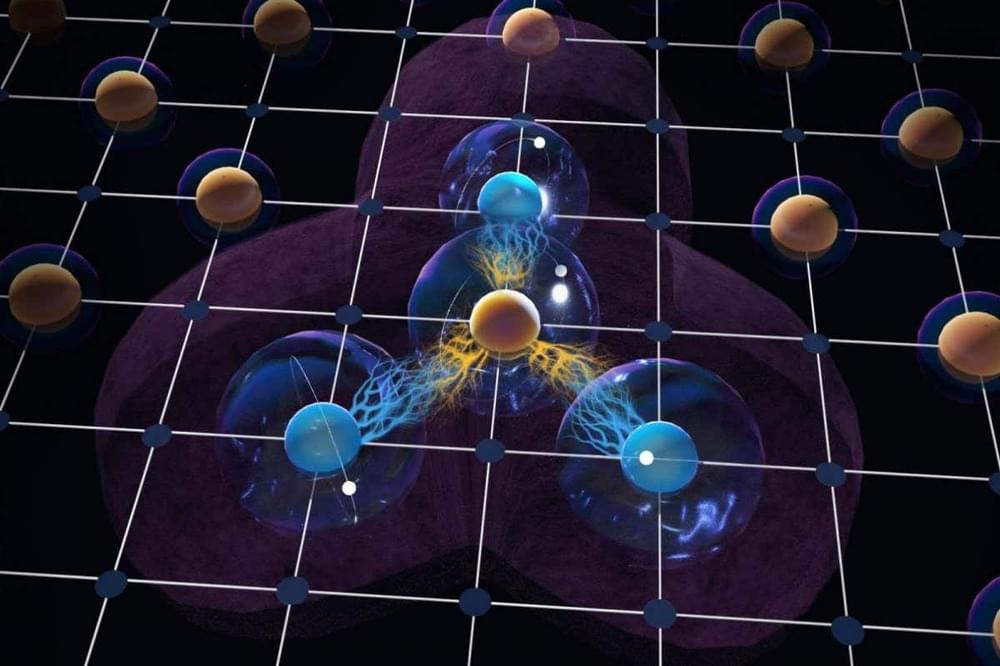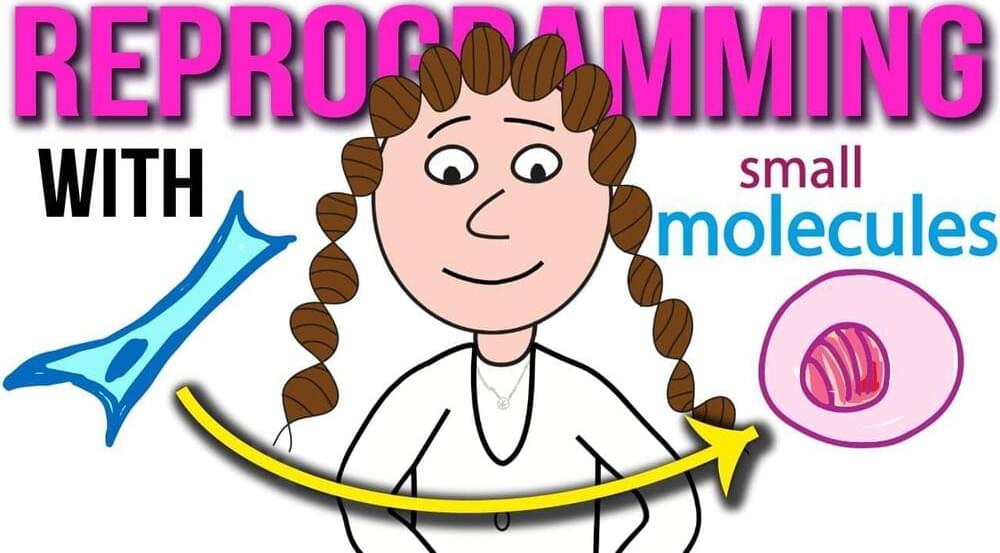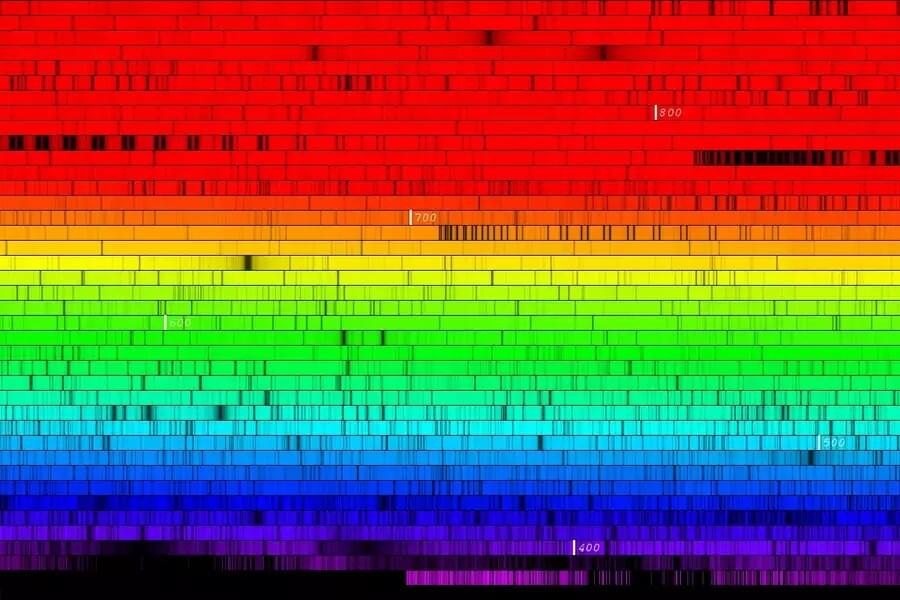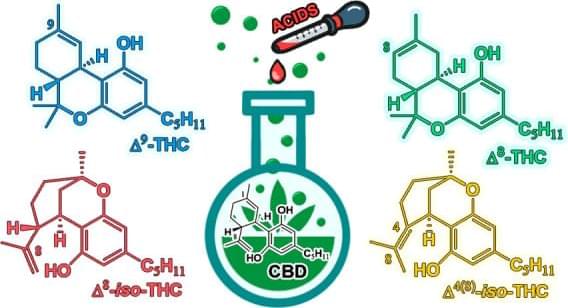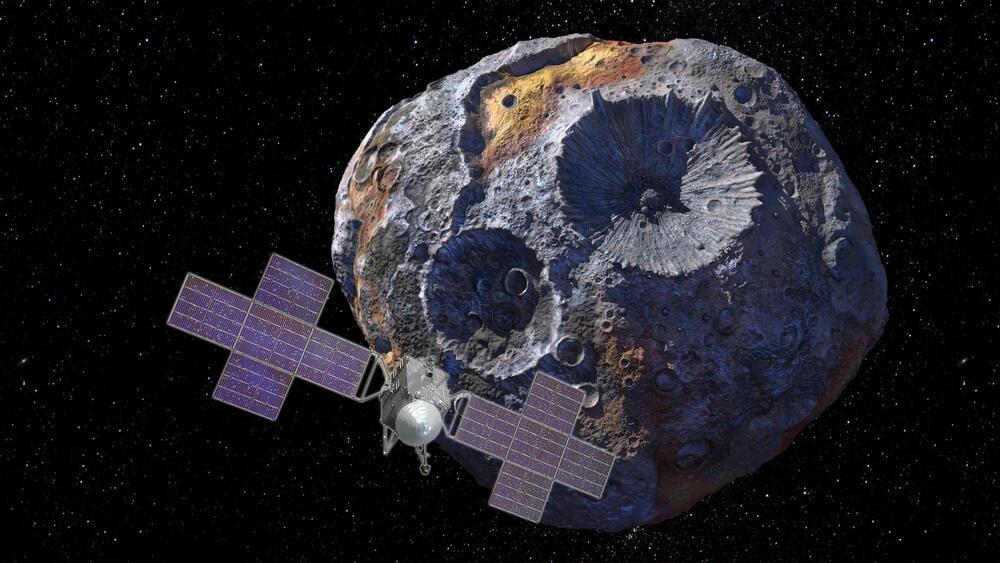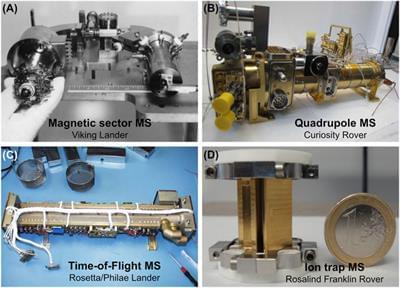May 30, 2022
New light-powered catalysts could aid in manufacturing
Posted by Saúl Morales Rodriguéz in categories: chemistry, energy
Chemical reactions that are driven by light offer a powerful tool for chemists who are designing new ways to manufacture pharmaceuticals and other useful compounds. Harnessing this light energy requires photoredox catalysts, which can absorb light and transfer the energy to a chemical reaction.
MIT chemists have now designed a new type of photoredox catalyst that could make it easier to incorporate light-driven reactions into manufacturing processes. Unlike most existing photoredox catalysts, the new class of materials is insoluble, so it can be used over and over again. Such catalysts could be used to coat tubing and perform chemical transformations on reactants as they flow through the tube.
“Being able to recycle the catalyst is one of the biggest challenges to overcome in terms of being able to use photoredox catalysis in manufacturing. We hope that by being able to do flow chemistry with an immobilized catalyst, we can provide a new way to do photoredox catalysis on larger scales,” says Richard Liu, an MIT postdoc and the joint lead author of the new study.
